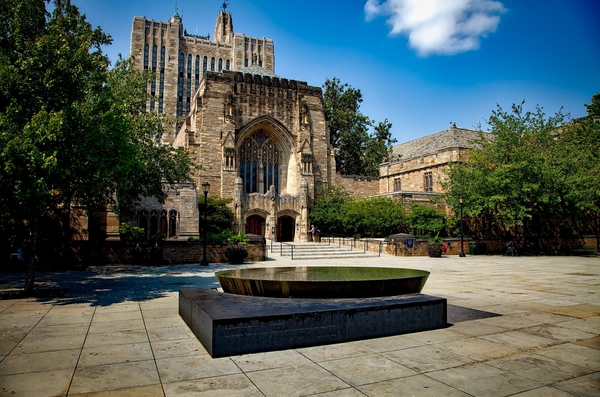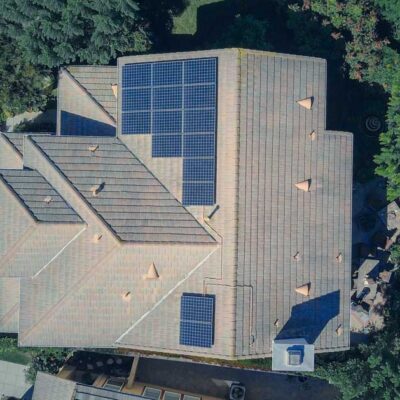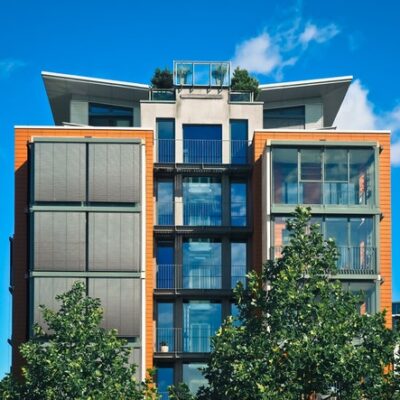As many of us are now working from home these days, the importance of a home office has greatly increased, and along with it, some potential tax benefits.
Maybe you’ve heard of a 1031 Exchange? In short, a 1031 Exchange is a way to defer capital gains taxes on the sale of an investment property. As long as you roll the sale proceeds into another “like kind” investment property, you defer the capital gains tax that would have been due.
But how does that relate to a home office? Just stay with me and keep reading…
In a normal transaction for a single family home, you’d have to pay capital gains taxes on the overall gain from the home sale. Roughly, this is estimated by taking the Final Sales Price and subtracting out the Original Purchase Price, Improvement Costs, Closing Costs, and your Capital Gains Exception from the IRS, $500k for a married couple or $250K for a single person.
See the example below on a hypothetical $3M home sale:
| Final Sales Price | $ 3,000,000 |
| – Original Purchase Price | $ 1,500,000 |
| – Improvements (new kitchen, roof, e.g) | $ 85,000 |
| – Closing Costs | $ 150,000 |
| – Capital Gains Exemption for Married Couple | $ 500,000* |
| Total Gain on Sale of House | $ 765,000 |
Federal long term capital gains taxes paid on this example gain would be 15% or 20% depending on your income level. In addition, you’d owe approximately 10% in State taxes. So that’s either 25% or 30% of your capital gain, resulting in tax bill of approximately $191,250 to $229,500, depending on your tax bracket.
But what if you had a home office?
In the eyes of the IRS, a true home office is treated like a business area (aka investment property). If you’ve declared a home office on your taxes, normally this is calculated as a percentage of the home’s overall square footage.
In our example, let’s assume that the house is 2,000 SF and you use 10%, or 200 SF, for the home office. Because the home office is considered a business expense, you can use that same percentage number (10% in this example) of the home’s Final Sales Price in a 1031 Exchange.
In this example, the home sold for $3,000,000, so 10% of the Final Sales Price, $300,000 can be tax deferred and rolled into another property. This 300K is now not taxed at your 25% or 30%, but must be reinvested. You could use this $300K to purchase a rental property or commercial property.
Overall, you’ve saved (deferred) $75-90K in taxes, and now have an investment property.
This is a general overview of the process but there are always a lot of nuances in tax code. So, as always, please check with your tax advisor if you are planning to take a home office exemption to make sure your office qualifies.
If you’d like to talk more about the 2022 housing market or know someone buying or selling, please don’t hesitate to reach out. I always appreciate your referrals and would be happy to help!
Cindy









Leave a Reply